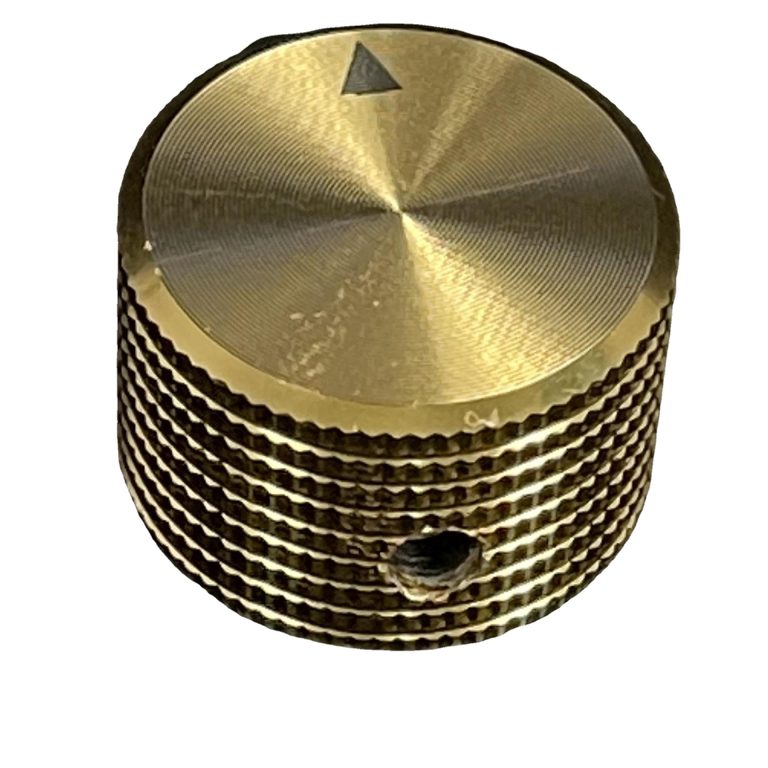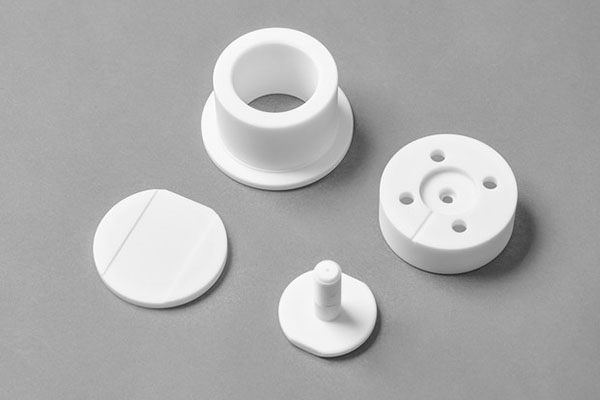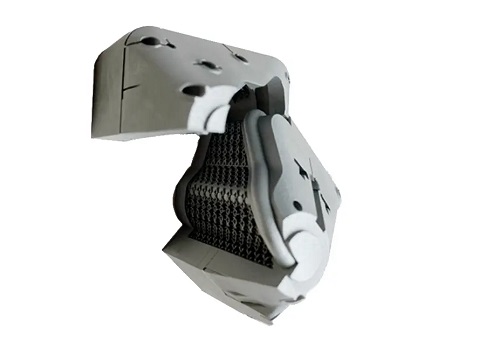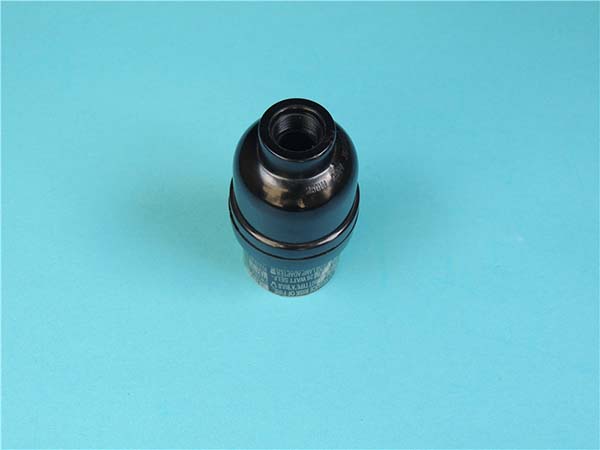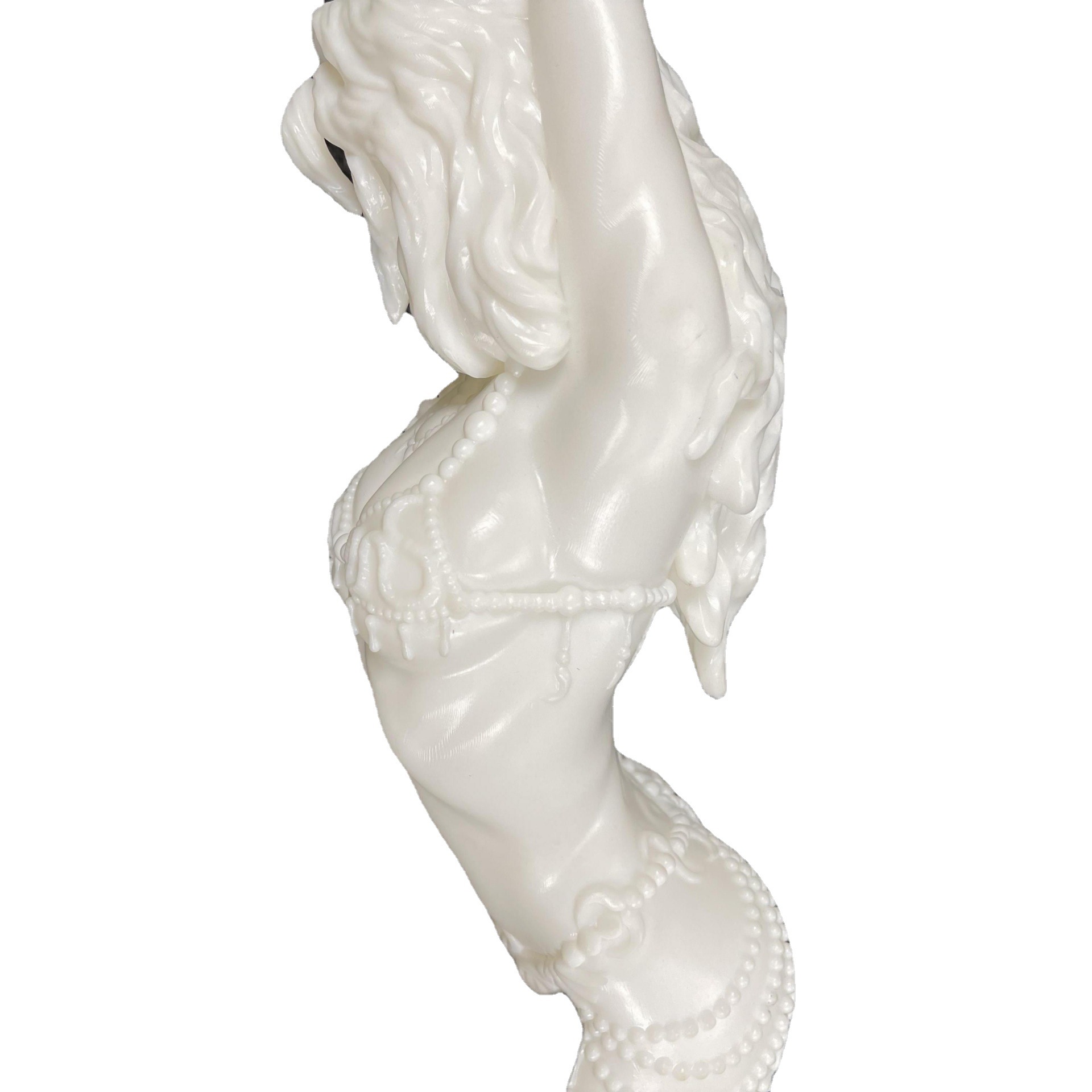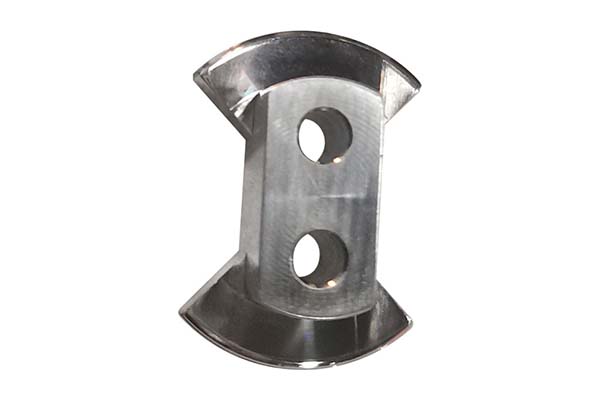The 3D printing online quote system is a user-friendly digital tool that enables individuals and businesses to receive instant price estimates for 3D printing their designs. By uploading a 3D model file, users can automatically calculate the cost of materials, print time, labor, and any additional services required. This process streamlines and simplifies the traditionally complex and time-consuming quoting procedure, providing users with a convenient way to proceed with their projects.
Introduction to 3D Printing Online Quotes
3D printing, also known as additive manufacturing, has revolutionized the production of physical objects. Unlike traditional manufacturing methods that involve cutting, casting, or shaping materials, 3D printing creates objects layer by layer from a digital file. This technology has a broad range of applications across industries such as healthcare, aerospace, automotive, and consumer goods.
A key development in 3D printing services is the online quoting system, which has made it easier for users to get accurate, instant pricing for their 3D printing projects. This tool helps streamline the quoting process, facilitating faster decision-making and efficient project planning, whether for prototyping, one-off designs, or small-scale production runs.
What is 3D Printing?
Before diving into how the online quote system works, it’s helpful to understand the basic concept of 3D printing and the various technologies used:
1. FDM (Fused Deposition Modeling)
FDM works by extruding thermoplastic filament through a heated nozzle, building up the object layer by layer as the material cools and solidifies. This method is popular for prototyping, low-cost production, and functional parts.
2. SLA (Stereolithography)
SLA uses a UV laser to cure liquid resin layer by layer. It’s known for its high resolution and is frequently used for parts requiring fine details and smooth finishes, such as in the medical and jewelry industries.
3. SLS (Selective Laser Sintering)
SLS uses a laser to sinter powdered materials, such as nylon or metal, creating solid structures from the powder. This process is ideal for creating durable parts with complex geometries, often used in aerospace, automotive, and industrial applications.
Each of these technologies has its own strengths and is selected based on the requirements of the project, such as material choice, part complexity, and surface finish.
How Online Quoting Works
The 3D printing online quote system automates the pricing process using advanced algorithms to provide users with an immediate cost estimate based on several factors. Here’s a step-by-step breakdown of how these systems work:
1. File Upload
The process begins when the user uploads their 3D model to the online quoting system. Common formats include STL, OBJ, and STEP files, which contain the necessary data for 3D printing.
2. Automatic Analysis
Once the file is uploaded, the system automatically analyzes the model, extracting key parameters such as:
- Volume: The amount of material required for printing.
- Surface Area: Affects the material cost, especially for processes like SLA.
- Complexity: Intricate designs may require more time or special post-processing.
3. Cost Calculation
Based on the analysis, the system calculates the cost of materials, the estimated print time, and any labor or post-processing fees (e.g., sanding, painting, or support removal). These factors help determine the overall cost for 3D printing the object.
4. Instant Quote
Within minutes, users receive an instant quote. This quote includes a breakdown of costs for materials, printing time, and optional services. The system can also suggest the best material or process for the design, depending on the user’s needs.
5. Review and Adjustments
Users can review the initial quote and adjust their order. Common adjustments include:
- Material Choice: Opting for a different material based on budget or functionality.
- Post-Processing Options: Adding finishing services such as painting or polishing.
- Quantity: If users require more than one unit, they can adjust the quantity and get a revised quote.
6. Order Placement
Once satisfied with the quote and adjustments, users can confirm their order, pay for the service, and begin production. Many platforms allow users to track their order status in real-time.
Benefits of Using Online Quotes
1. Time-Efficiency
The most significant benefit of using an online quote system is the speed. Traditional quoting often involves back-and-forth communication, which can take hours or even days. With online systems, users receive an immediate quote, enabling quicker decision-making and faster project execution.
2. Cost Transparency
The system provides a transparent pricing structure, allowing users to see exactly how much they will pay for materials, labor, and any additional services. This transparency removes surprises and hidden costs, giving users the confidence to budget more effectively.
3. Easy Customization
These systems also allow for easy customization of orders. Users can select different materials, finishes, and post-processing options based on their preferences, ensuring the final product meets their specific needs and requirements. This flexibility makes online quoting a perfect fit for a wide range of industries and applications.
4. Accessibility
The ability to receive instant quotes online makes 3D printing accessible to more people, from hobbyists to large businesses. Entrepreneurs can prototype quickly, manufacturers can experiment with new designs, and even individuals can create personalized products or gifts.
How to Get an Online Quote
Here’s a step-by-step guide to getting an online quote for your 3D printing project:
Step 1: Prepare Your File
Ensure that your 3D model is in a compatible format (typically STL, OBJ, or STEP). Make sure the model is error-free and optimized for printing (e.g., no non-manifold edges or intersecting meshes).
Step 2: Choose a Service Provider
Select a 3D printing service provider that offers an online quote system. Some popular options include:
- Shapeways
- Sculpteo
- i.materialise
- 3D Hubs Each of these platforms offers different technologies, material options, and customization features.
Step 3: Upload Your File
Go to the quoting section of the service provider’s website and upload your 3D model. The platform will automatically analyze the file and prepare an initial quote.
Step 4: Review Analysis
After uploading your file, the system will analyze the model and present a preliminary quote. This will include cost breakdowns for material, print time, and any additional services.
Step 5: Customize Your Order
Review the quote and adjust your order as needed. Select different materials, finishes, or additional services like coloring, smoothing, or assembly. Some platforms also allow you to experiment with different 3D printing technologies to find the best fit.
Step 6: Confirm and Pay
Once you’re happy with the quote and customization, confirm the order and proceed with payment. Most platforms accept credit cards, PayPal, or other online payment methods.
Step 7: Track Your Order
Many platforms allow users to track the status of their order once it’s placed. This ensures transparency and gives you peace of mind as you monitor the printing and shipping progress.
Types of 3D Printing Services
Different 3D printing technologies cater to different needs. Here’s a brief overview of the most common:
1. FDM (Fused Deposition Modeling)
FDM is the most popular and cost-effective method, ideal for prototyping, simple parts, and functional prototypes. It uses thermoplastic filaments like PLA or ABS.
2. SLA (Stereolithography)
SLA is known for high-quality, detailed prints with a smooth surface finish. It’s often used in industries like jewelry, dentistry, and medical devices where precision is crucial.
3. SLS (Selective Laser Sintering)
SLS is ideal for producing strong, durable parts with complex geometries. It’s often used for applications in automotive, aerospace, and industrial sectors.
Pricing Factors
Several factors can affect the price of a 3D printing project:
Material Costs
Material type significantly impacts pricing. PLA is the least expensive, while resins for SLA printing can be much pricier. The specific material you choose will affect both the quality and cost of your print.
Print Complexity and Time
More complex designs that require more print time will generally increase the cost. Models with intricate details or large volumes may take longer to print, increasing material and labor costs.
Post-Processing Services
Additional services like sanding, painting, or finishing can improve the final quality but will add to the overall cost.
Frequently Asked Questions (FAQs)
How Accurate Are the Quotes?
Online quoting systems provide highly accurate estimates based on a detailed analysis of your model. However, slight variations may occur, depending on factors like material density or unexpected model complexities. Always review the final quote before placing your order.
What If I Need a Quote for a Large Order?
Most online quote systems can handle bulk orders by allowing you to specify quantity during the customization phase. The system will adjust the price to reflect bulk pricing. For very large orders, it’s best to contact customer support to discuss your needs and get the best rates.
The 3D printing online quote system is an invaluable tool for designers, businesses, and enthusiasts. It simplifies and speeds up the pricing process, making it easier for anyone to bring their ideas to life with 3D printing.
